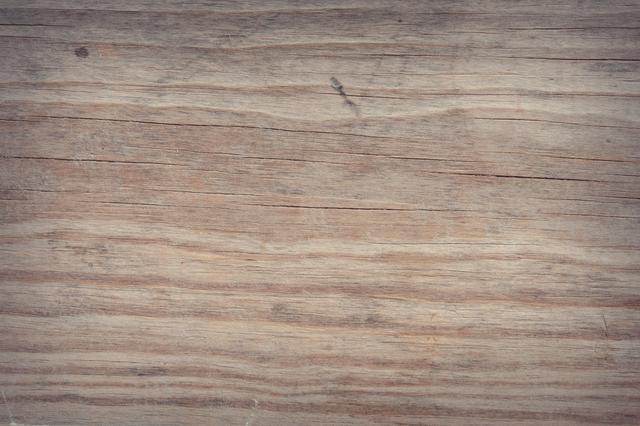Friction: plan
I can plan an investigation to measure the effects of friction.
Friction: plan
I can plan an investigation to measure the effects of friction.
These resources will be removed by end of Summer Term 2025.
Switch to our new teaching resources now - designed by teachers and leading subject experts, and tested in classrooms.
These resources were created for remote use during the pandemic and are not designed for classroom teaching.
Lesson details
Key learning points
- Friction is the force between two surfaces that are moving, or trying to move, across each other.
- Friction always acts in the opposite direction to the movement of an object.
- Only changing one variable ensures that no other factor affects the test results.
Keywords
Surface - The surface is the top or outside layer of an object or material.
Force - A force is a push or a pull. Forces can make objects move, change speed, change direction or change shape.
Friction - Friction is a force that acts between surfaces.
Variable - A variable is something that can be changed, measured or kept the same in an investigation.
Common misconception
Friction is always unhelpful.
Examples given of positive uses of friction for braking and turning.
To help you plan your year 5 science lesson on: Friction: plan, download all teaching resources for free and adapt to suit your pupils' needs...
To help you plan your year 5 science lesson on: Friction: plan, download all teaching resources for free and adapt to suit your pupils' needs.
The starter quiz will activate and check your pupils' prior knowledge, with versions available both with and without answers in PDF format.
We use learning cycles to break down learning into key concepts or ideas linked to the learning outcome. Each learning cycle features explanations with checks for understanding and practice tasks with feedback. All of this is found in our slide decks, ready for you to download and edit. The practice tasks are also available as printable worksheets and some lessons have additional materials with extra material you might need for teaching the lesson.
The assessment exit quiz will test your pupils' understanding of the key learning points.
Our video is a tool for planning, showing how other teachers might teach the lesson, offering helpful tips, modelled explanations and inspiration for your own delivery in the classroom. Plus, you can set it as homework or revision for pupils and keep their learning on track by sharing an online pupil version of this lesson.
Explore more key stage 2 science lessons from the Forces including simple machines unit, dive into the full secondary science curriculum, or learn more about lesson planning.

Equipment
See additional materials.
Content guidance
- Risk assessment required - equipment
Supervision
Adult supervision required
Licence
Starter quiz
6 Questions




Exit quiz
6 Questions




